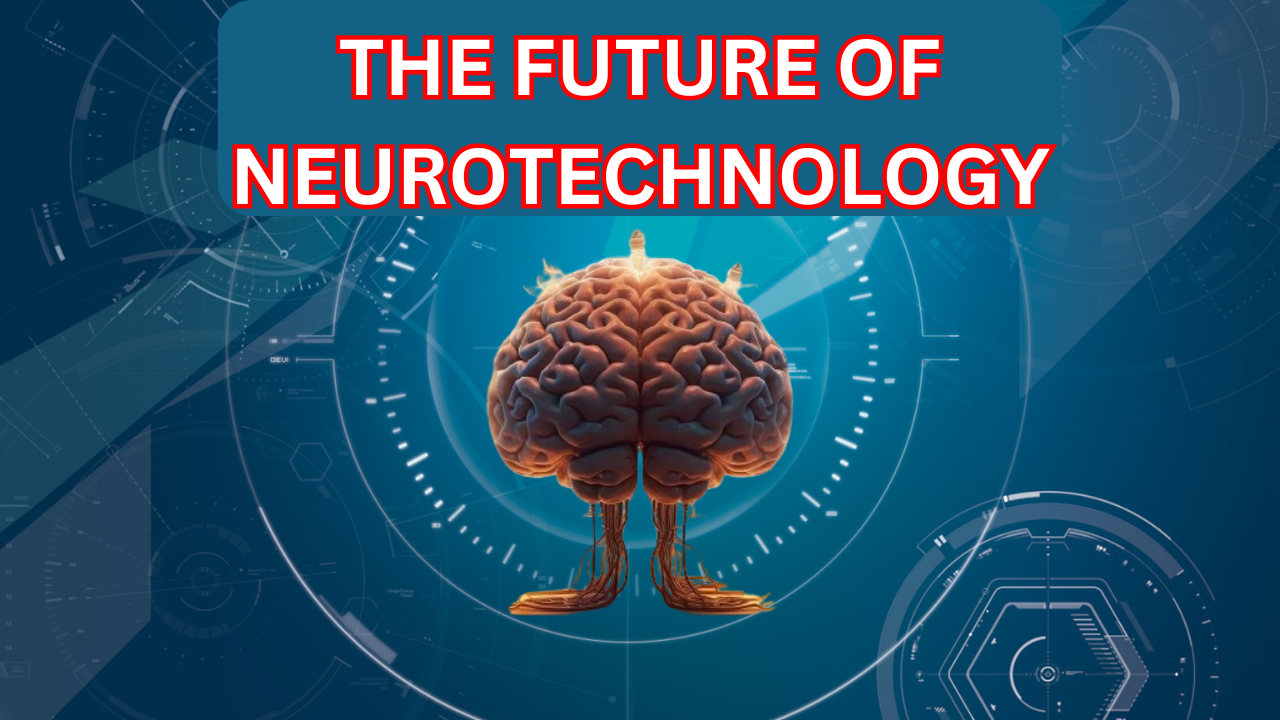We live in a world where technology is advancing rapidly and as we move into the 21st century, the future of Neurotechnology is looking like a reality. Imagine a world where we can fix brain problems, boost our thinking, and talk to each other without speaking. We have seen this type of technology in science fiction movies, but it’s becoming a reality for humans now thanks to Neurotechnology. With brain implants and other advancements are set to change how we understand and work with the human brain. In this article, we will look at how the future of Neurotechnology will look and how it will affect the lifestyle of people.
Brain Implants: New Hope for Medicine:
Brain implants are the devices that are put in the brains of people to enhance their minds and to help control and understand brain activity. They have already helped treat conditions like Parkinson’s disease, epilepsy, and severe depression. For example, deep brain stimulation (DBS) uses small electric signals to adjust brain activity, helping patients who haven’t been helped by regular treatments.
But these brain implants can do more than you think with this, they are not only treating patients but researchers are finding new ways so these devices can boost your memory, focus, and creativity. Imagine a brain that is so advanced that it can learn a new language in seconds, it is possible now because of a brain upgrade. This might sound like science fiction, but it’s becoming more possible with new technology.
Brain-Computer Interfaces: Connecting Minds and Machines:
With the advancement of neurotechnology, researchers have developed a cool innovation called Brain-computer Interfaces (BCI). This helps people to talk directly with computers through the brain without any physical movement. This can be life-changing for people with paralysis, allowing them to control prosthetic limbs, computers, and other gadgets just by thinking.
Elon Musk’s Neuralink is a well-known project in this area. The company wants to create brain-computer interfaces (BCIs) that can easily connect to our brains. The potential uses are huge, from medical treatments to improving human abilities. Neuralink imagines a future where we can upload and download thoughts, memories, and knowledge, making a close connection between humans and artificial intelligence.
Ethical Questions: Important Things to Think About:
While these ideas are exciting, they also bring up important questions. Who will get to use these technologies? How will we keep brain data safe and private? And what will happen in the long run when we mix technology with our biology?
As we explore those new opportunities, it’s important to have strong ethical guidelines and rules. Making sure that neurotechnology benefits all people, and doesn’t make existing inequalities, this is one of the biggest challenges we will face.
What’s next: New innovations:
The future of neurotechnology looks brighter and researchers are looking to advance this technology more and beyond than brain implants and BCIs. Researchers are also looking at non-invasive methods like transcranial magnetic stimulation (TMS) and transcranial direct current stimulation (tDCS). These techniques can influence brain activity from outside the skull and could help treat conditions like depression and chronic pain without needing surgery.
Another advancement that is made by researchers is in brain imaging and it is helping us to understand the brain better. Techniques like functional MRI (fMRI) and PET scans let scientists see detailed brain activity, leading to more precise and effective treatments.
Conclusion:
Neurotechnology is set to change how we understand the brain and offer new ways to improve human abilities. It can help treat brain disorders and boost mental skills. As we make progress, it’s important to make sure these benefits are available to everyone and used ethically. The future is coming soon. With every new discovery, we get closer to a world where we not only understand the brain but also make it better. Get ready for an exciting journey into the amazing world of the human brain.
